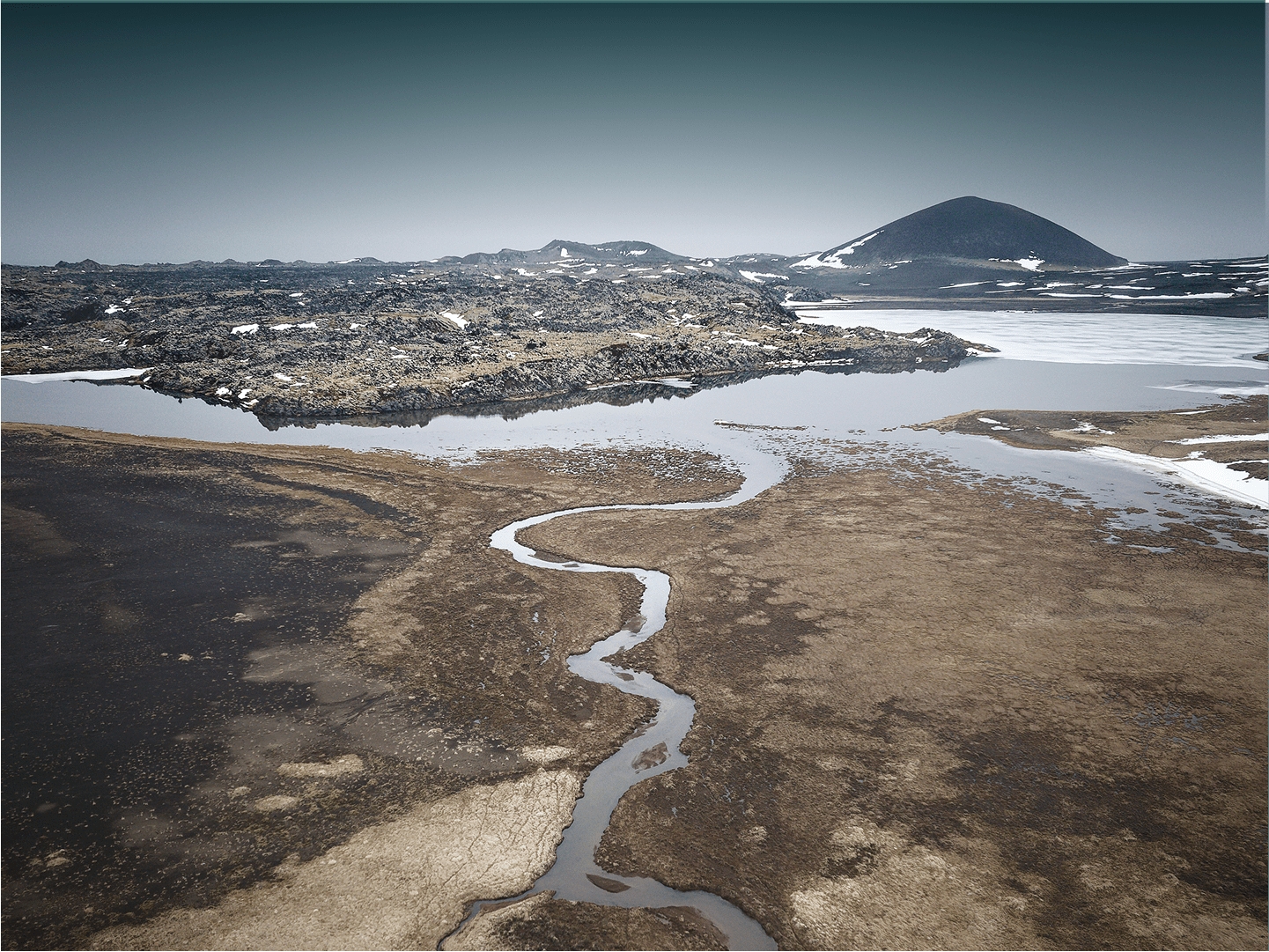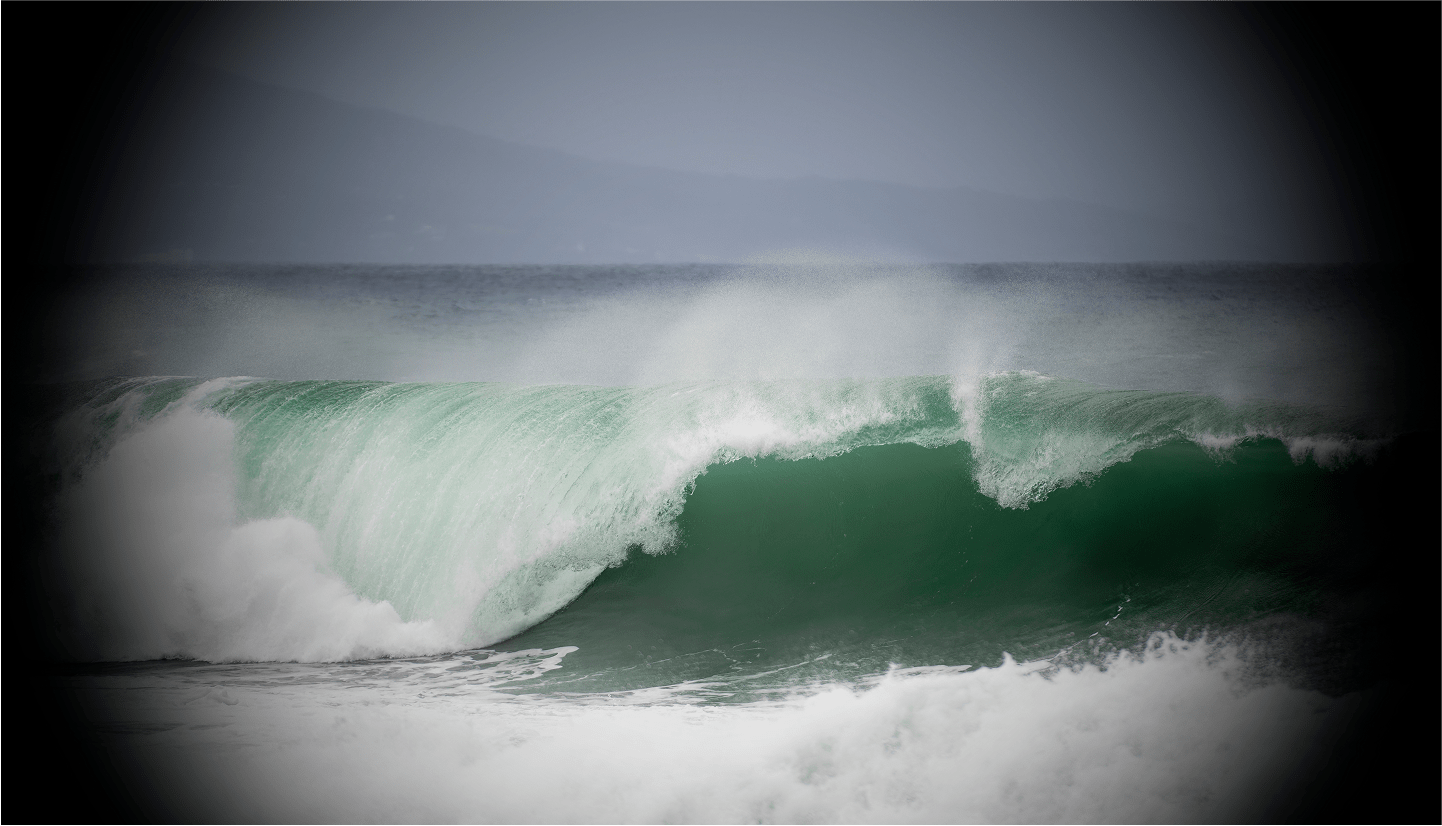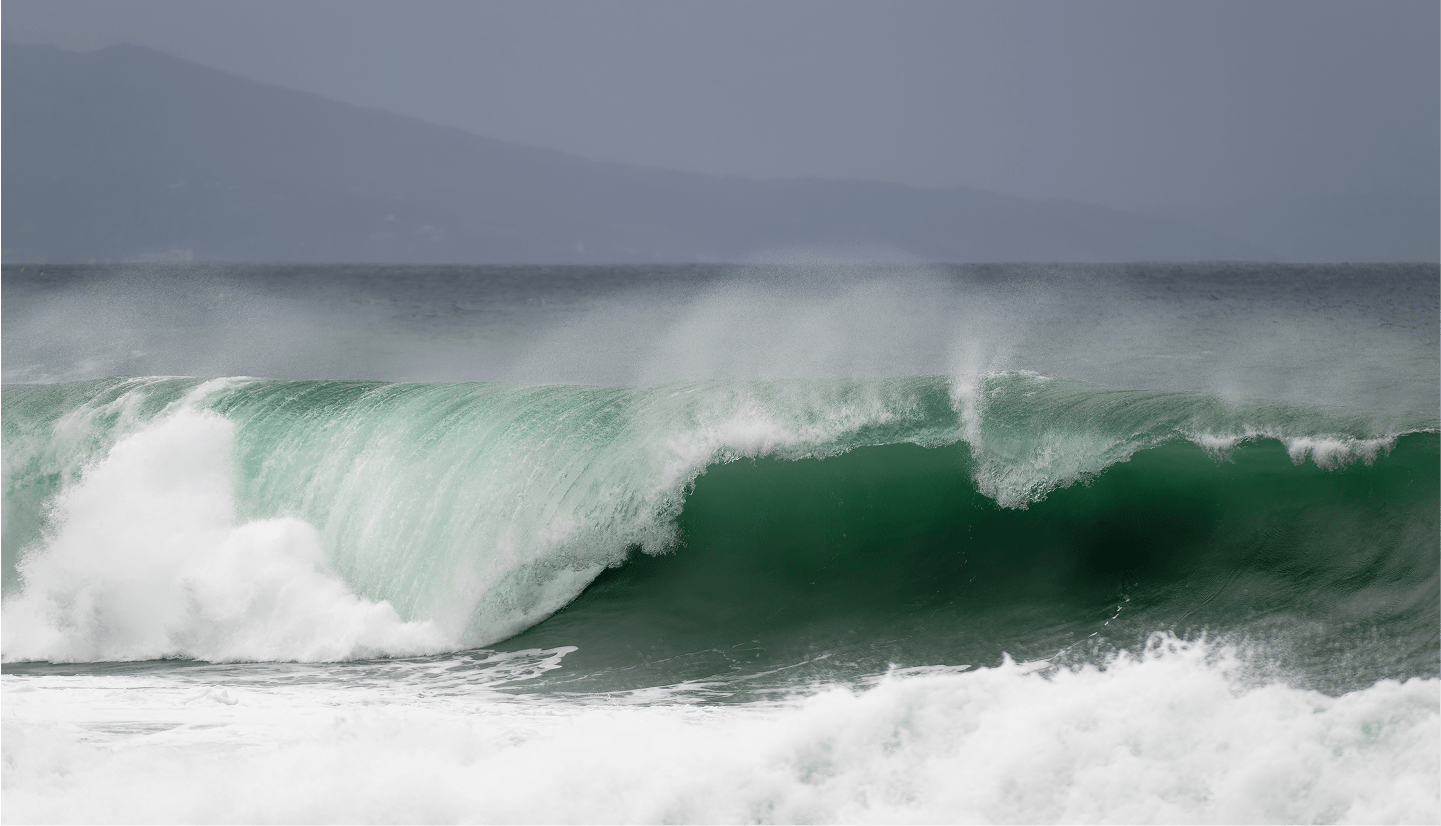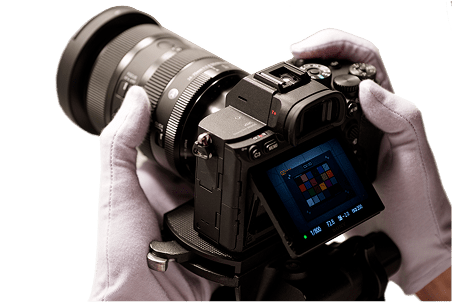
Correcting vignetting
with science
Resolving darker corners is more complex than simply adding some brightening.
DxO corrects an image based on scientific analysis — and without undermining quality.
Vignetting can be an artistic choice, but it’s not always desirable and can affect the quality of an image.
What is vignetting?
Vignetting describes the
Vignetting can be reduced by avoiding wide apertures, but that's not a practical solution.

How is vignetting
corrected?
DxO’s scientific approach
Modern lenses

Due to the
DxO technicians

DxO's technicians create a map of the vignetting effect by
Measurements

The technicians then


Based on the lens-camera combination being analyzed, up to 500 sample images are created in order to generate the data needed to make a vignetting map.
The calibration data obtained through this analysis are compiled into one single correction file — a DxO Module — for each corresponding lens and camera pairing.
How DxO
corrections go further
Once we know the light falloff coefficient in each point,
This is why, while applying the correction, we adapt the calibrated model to each individual image and its particularities.


DxO Modules
give photographers
the best possible results
Because of the



